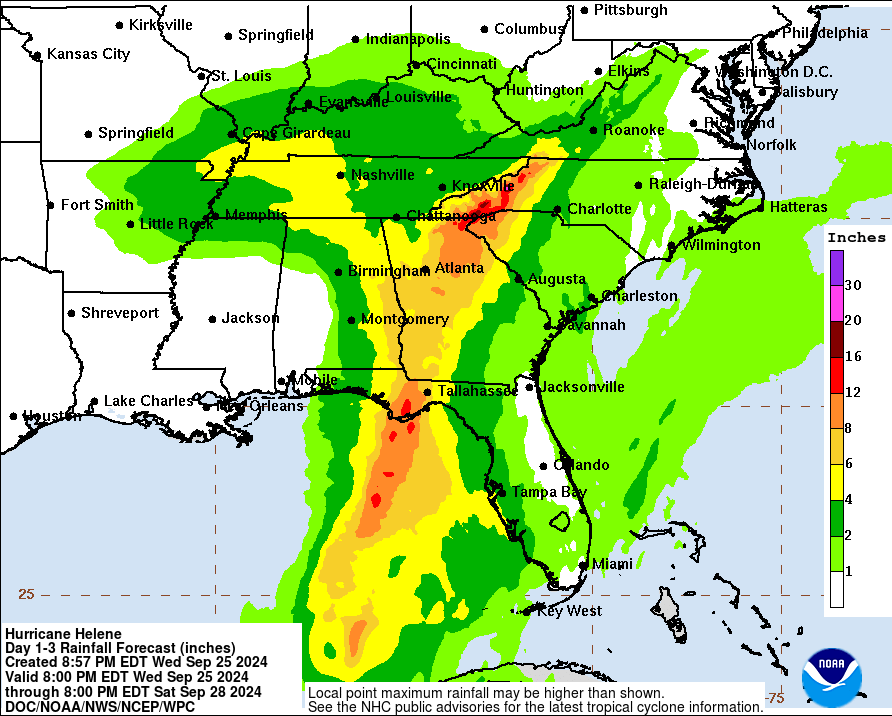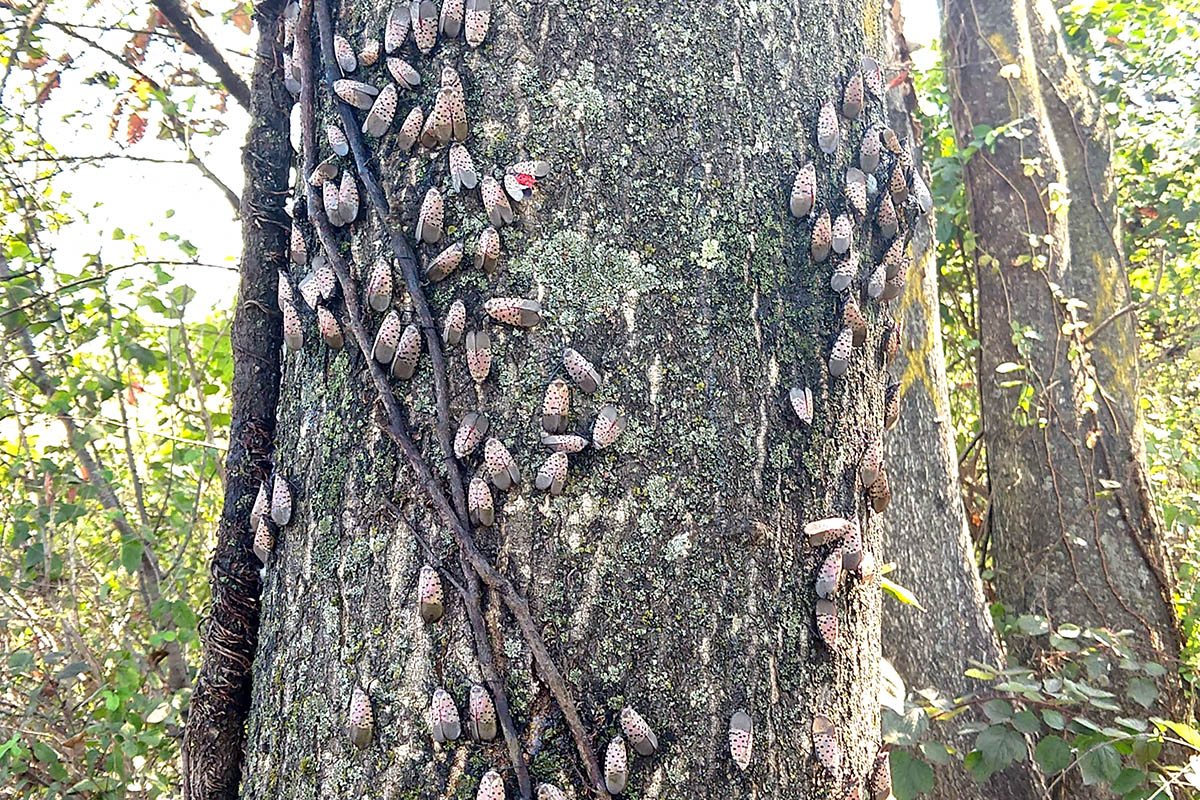100% of Poultry Science students have job placements upon graduation
Department of Poultry ScienceIN THE NEWS:
We are dedicated to discovering, teaching and delivering the science required for healthy living to flourish.
About the college CAES Year in Review Impact Report1 out of 3 of our students study abroad
Study Abroad Programs53% of our students receive financial aid (Class of 2023)
CAES Scholarships#2 Best Agricultural and Horticulture Plant Breeding College - universities.com
Department of Horticulture15 countries with study abroad programs
Study Abroad Programs#3 for Agricultural Sciences in the U.S. - Niche.com
#8 Entomology Program in the World - Center for World University Rankings (2017)
Department of Entomology$830,000+ in scholarship funding provided by our College to CAES students last year
CAES Scholarships19,940+ alumni in the CAES family
Alumni & Giving1,150 products have reached the market based on UGA research; over half are plant cultivars, vaccines and devices that support Georgia agriculture
ResearchStudent life at CAES
No matter the program, we have unique learning opportunities inside and outside the classroom for our students. CAES offers world-class immersive learning experiences, including internships, research opportunities and study abroad programs. See where CAES can take you and discover how you can unlock your true potential at UGA.
IMPACT
By the Numbers
$69.4 Billion
in output from agriculture contributed to Georgia's $1.1 trillion economy (Ag Snapshots 2022)
$182.3 Million
boost to Georgia's economy from agricultural and environmental research at the University of Georgia.
Learn more about the research CAES is doing to feed and fuel the world
Agricultural research is foundational in the land-grant university mission – education for everyone, research for scientifically-based decisions and extension outreach to help ensure best practices are being used. (Statistics CAES Impact Statements)
The Research and Education Centers (RECs) play a central role in this mission by providing faculty and students with the opportunity to conduct experiments across a wide range of environments and production systems. CAES has eight off-campus REC facilities located throughout the state.
This research network is vital to Georgia agriculture and collectively allows faculty and students to address local production concerns as well as to answer more fundamental research questions and further the development of new technologies related to agriculture and natural resources.



